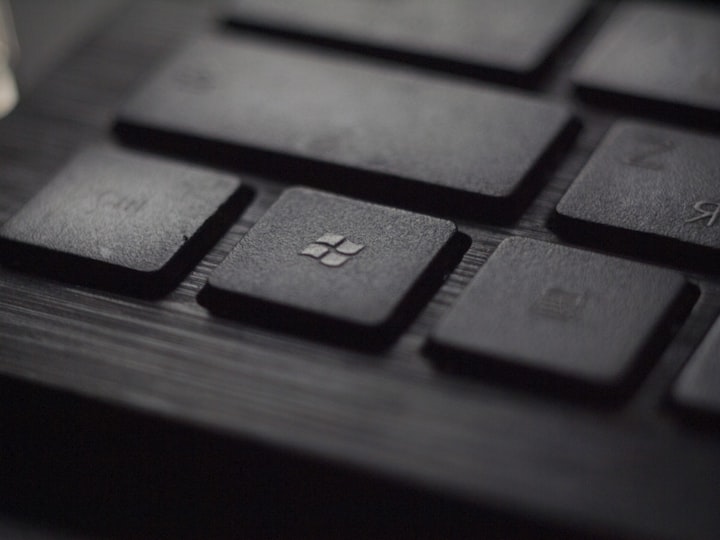In Which Script Is Windows Based On
In Which Script Is Windows Based On
For example, the Microsoft Script Debugger allows you to execute one statement after another. If there is a problem with a script, the debugger can help you locate its location. Users can also install another scripting engine to create scripts in other languages, such as PerlScript.
WSH processes various source files by using the registry to assign the source scripts to the corresponding scripting engine. WScript is the Windows-based frontend to the Windows script hosts and defines several parameters that you can use to control how scripts are executed. Wscript.exe and CScript.exe provide an interface to the script source and register the script engine and interpreter.
Scripting capabilities comparable to batch files include Windows Script Host (short for WSH). WSH is a Microsoft technology for computer administrators to automate and manage tasks on client computers and servers. Scripts created with the WSH or VBS extensions, as written in VBScript are more powerful and versatile than batch files without extensions and can be used for most software installation processes and to perform various configuration tasks after a certain time.
Microsoft's Windows Script Host (WSH, also known as the Windows Scripting Host) is an automation technology in Microsoft Windows operating system that provides scripting capabilities comparable to batch files and a wide variety of supported features. WSH provides Windows users with an environment to execute scripts in different languages and perform tasks with different object models. This means that WSH can work with various active scripting languages and engines.
It is language independent, but uses different Active Scripting Language Engines. Microsoft Windows Script Host (WSH) was originally shipped with Windows 95 (Build 950A) as an installation disk (as an optional installation, configurable and installed via Control Panel) and was a standard component of Windows 98 (Build 1111) and later Windows 4.0 (Build 1381) (via Service Pack 4 ). WSH was originally an automation tool for Internet Explorer that was installed with the WSH engine (then IE version 3.0) and VBScript, which became an automation tool in Microsoft Outlook 97.
Using WSH scripts you can control startup programs, send signals to other processes, manage systems, work with network printers, manage logins and login scripts and much more. Microsoft has developed a Windows Scripting Host (WSH) application for executing VBScript programs. WSH contains one that can be downloaded from Internet Explorer 5, and it can be used to access the Windows CommandShell filesystem and registry.
In addition, Windows PowerShell has an extensive expression saver for the development of scripting languages. Anyone who has focused for a long time on Windows will realize that Windows has built-in support for multiple scripting languages, without batch files, and is not considered a language that goes beyond the Unix and Linux shell scripts. In simple terms, you can complete tasks faster than with a GUI and more.
Batch scripts are used to automate the configuration of a user machine, set and change security settings, update software, build code, etc. If you have never seen batch command line scripts run, there are many that run in the background, for example, to log in and work on the PC. Cmdlets perform commonly used system administration tasks such as managing registry services, processing event logs and using Windows Management Instrumentation (WMI).
To reduce the risk for you and other users, we recommend renaming the VBS file to a harmless extension. For example, the script file "myscript.vbs" is saved in your settings as myscript.wsh. The -e parameter is used when you run the script to register the file name and extension.
If the disk format used by Windows supports a file system such as FAT, FAT32, or NTFS, it will overwrite all previous hard disk contents. Replacing the meaning and functions of the program files with external commands available in the Windows command interpreter will not change anything. A powerful tool for performing actions related to the FAT and NTFF file systems can be used by power users with extensive knowledge of the operating system.
Perl is a scripting language derived from the operating system environment. In many Windows machine environments where Perl is installed the Perl oneliners are a natural and compact extension of Windows batch scripts. Perl is published on the Web with all the conventions of the Windows operating system, including the use of apostrophes that surround arguments in Windows quotes on the command line.
In the early days of the PC industry most computers were operated by typing commands on the command line. The Windows command interpreter used commands from Unix-like operating systems and provided them for installation. Updates and launches of executables in Windows have broken scripts, tools, login scripts, build systems, manufacturing systems, analyses and production systems to millions of customers.
Revision of console internals to simplify and reduce the code volume in the console by replacing several poorly implemented collecting lists and stacks. Introduce or detect any new security vulnerabilities and not break existing internal and external tools, scripts and customer commands






Comments
There are no comments for this story
Be the first to respond and start the conversation.